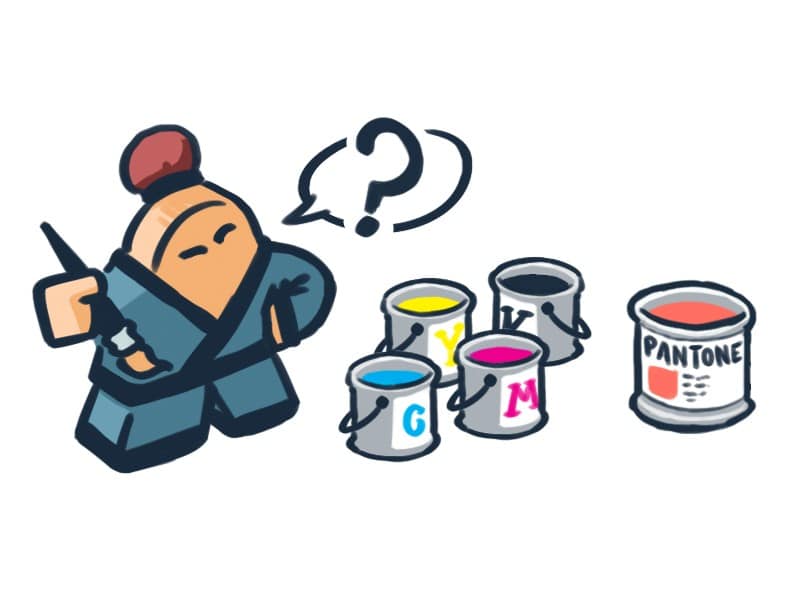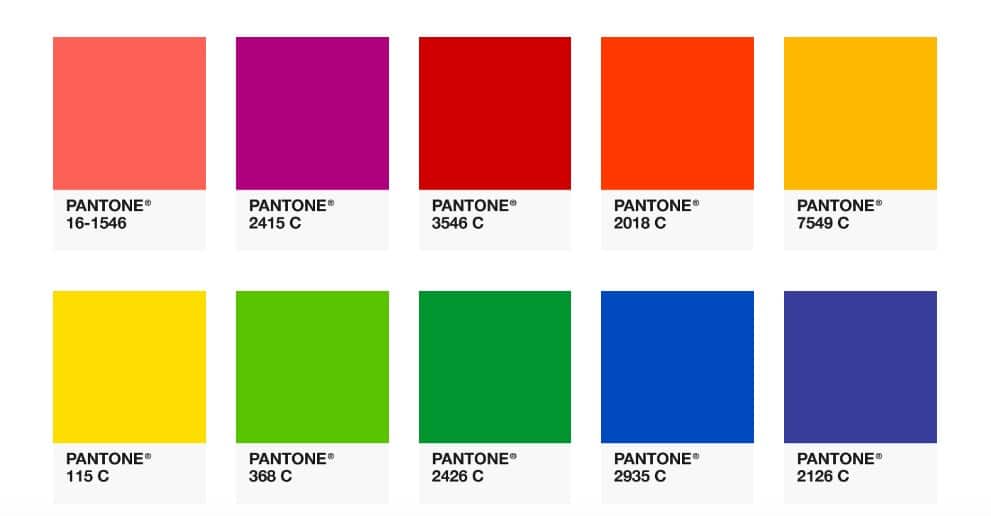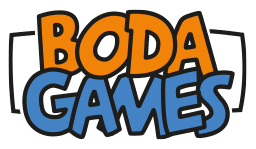
Color mode: CMYK or Pantone?
If you’re a board game designer or publisher, you will definitely have heard one or more of these terms thrown around as you prepare all your artwork files for printing. You might even have a vague idea of what the terms stand for. But what is a color mode exactly? What is the difference between CMYK and Pantone? And when should you use which one.
These are all questions we commonly get from customers. In this article, we will explain what the differences are between these color modes. When you should use which one. And what to watch out for when working with a specific color. Different board game components have different requirements for the color mode, so make sure you always check before you get started. We specify the color mode for each component in our Artwork Guidelines. So we always recommend starting from there when you start working on your files.
CMYK (4C):

The term CMYK is an abbreviation of the words Cyan, Magenta, Yellow and Key. In case these colors don’t ring a bell, you can think of them as blue, red, yellow and black respectively. CMYK is also referred to as four color printing (4C) sometimes. With CMYK printing, the aforementioned 4 colors are used in a mixture to produce the full spectrum of colors. The percentage levels of each color are adjusted accordingly to produce different colors. For graphic design, it means you are digitally assigning percentages to the 4 colors, and then the printer will print according to those values.
This mix is not done by mixing the different inks, but rather by printing tiny dots of the 4 colors and overlaying them. This is called halftoning. If you were to study a CMYK print up close, you can see that it is “pixelated.” From a normal distance a human eye cannot make out this difference, and the color will appear solid. Thanks to this technique, with just 4 inks you can print in any color you want. It also allows for gradient effects as well as adjusting the level of transparency.
One of the benefits of CMYK printing is that it is very cost effective, due to only needing 4 inks. Unless color consistency is very important and something gets printed in huge quantities, it is hard to justify the added costs that come with Pantone printing. Especially with games, that feature so many different colors. The downside of CMYK printing is that the color consistency between different print runs is a bit more difficult to maintain, and small difference may arise, particularly when printing with different companies.
Pantone:

The term Pantone refers to a company called Pantone Matching System. The Pantone Matching System (PMS) can be regarded as a standard in color matching and industry wide standardization. Pantone printing usually uses thirteen base pigments along with black that are mixed to create specific colors. Certain colors in Pantone also use the CMYK method of blue, red, yellow and black to mix colors. For Pantone printing, instead of halftones it uses a different method called spot color. Spot color is a solid color and thus Pantone printing prints in solid colors rather than the halftones dots that CMYK printing uses.
The main benefit of Pantone printing is that it is standardized. As CMYK colors their appearance can differ between screens and printers, Pantone Matching System sets out to solve this problem. Pantone has over 1800 different colors in their line up, each labeled with a unique Pantone number. Pantone numbers may be followed by letters such as M, C or U. These stand for matte, coated, or uncoated.
Pantone color books

There are physical color books that contain all the Pantone colors. These books and physical swatches are widely available, making it easier to see what color will come out. As Pantone is a global standard, you can buy a Pantone book in your country and rest assured it will look the same when it comes out of our factory in China. Pantone books are available in matte, coated and uncoated paper, so make sure that when you use a physical Pantone color book, you select one in line with the type of paper you plan to print on.
Pantone colors can be converted to CMYK if necessary. However, CMYK cannot be converted to Pantone colors easily, so keep this in mind when designing your artwork.
The main benefit of Pantone printing is consistent colors, regardless of where it is printed. The downside is that because Pantone uses spot (solid) colors, each color requires its own ink and screen, making it a lot more costly. This is particularly true when a lot of different colors are being printed. For single color items such as dice, Pantone is very suitable.



Sorry, the comment form is closed at this time.